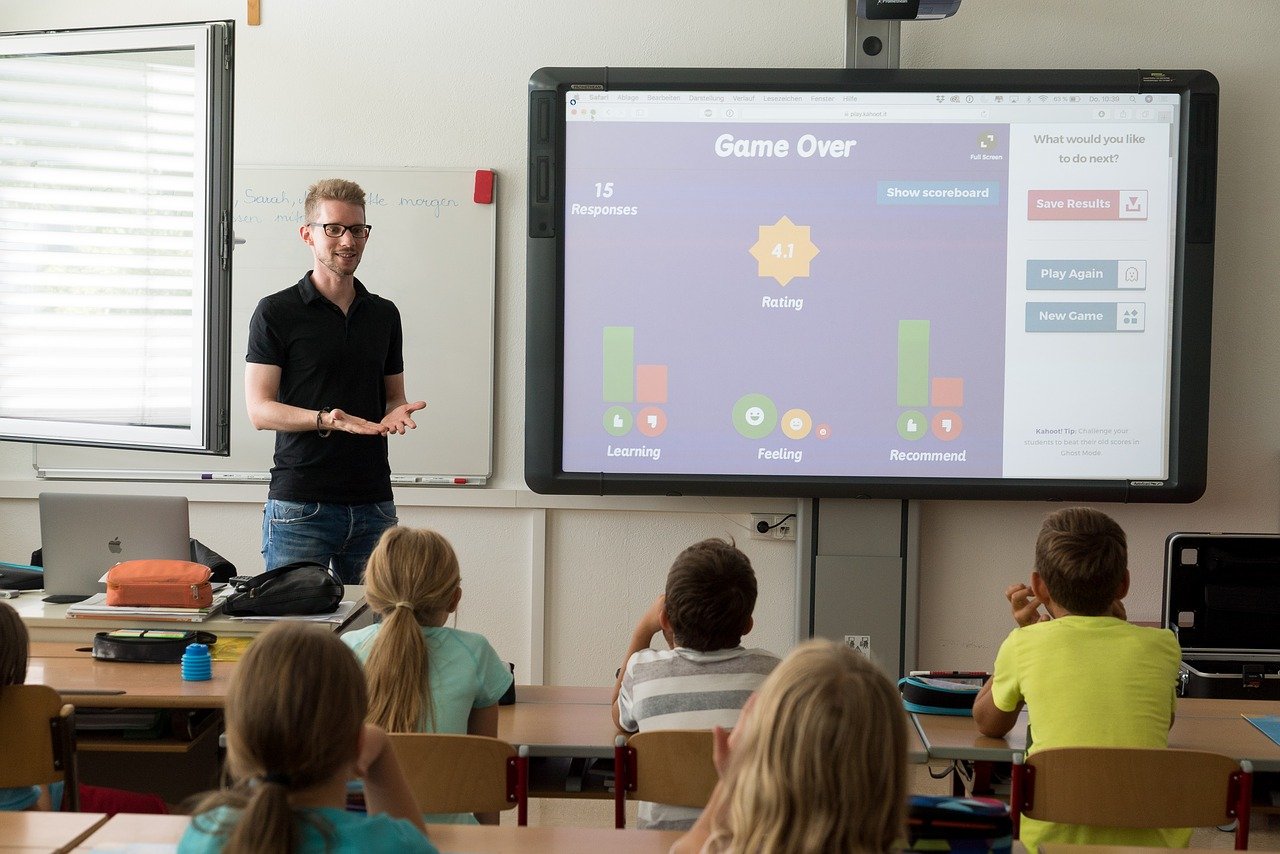Are you looking for strategies to teach students not to interrupt classmates during learning experiences? If so, keep reading.
1. Talk regularly with the student to lessen their need to talk to other students.
2. Give the student a break to regroup when they are disturbing others.
3. Coordinate for individual tasks when the group setting is overly distracting.
4. Draft an agreement with the student stipulating what behavior is required (e.g., working quietly) and which reinforcement will be implemented when the agreement has been met.
5. Ask the student if they need to talk with you or need to ask any questions before assigning a task, learning experience, etc., that will be time-consuming.
6. Assess the appropriateness of the social situation concerning the student’s capacity and ability to function successfully.
7. Support the student in identifying the situations in which they are most likely to talk beyond what is required or at unacceptable times. After they have identified these situations, have them think of ways to minimize their occurrences.
8. Refrain from seating the student near people with whom they may be enticed to talk to during lectures, seminars, group projects, etc.
9. Ask the student a question when they are most likely to be able to respond correctly.
10. Connect with parents (e.g., notes home, phone calls, etc.) to disseminate information about the student’s progress. The parents may reinforce the student at home for demonstrating appropriate behavior at school.
11. Take into account the student’s capacity and ability level before expecting them not to intrude on others when they are talking, working, reading, etc.
12. Urge the student to consider the consequences of their behavior before engaging in any learning experience.
13. Provide directions, explanations, and instructions concisely to lessen the student’s need to ask other students for information.
14. Urge the student to model the behavior of successful peers by not talking to others during quiet activity periods.
15. Choose a specific duration of time (e.g., each hour on the hour, break time, after finishing a task, etc.) when it is permissible for the student to converse with their peers.
16. Talk with the students parents about their impulsivity. Do they exhibit this type of behavior at home.
17. Talk with the student about the need to lessen impulsive behavior to increase work productivity and general happiness.
18. Teach the student to recognize appropriate times to talk to other students (e.g., between learning activities, during breaks, at recess, etc.).
19. Do not let the student use ADHD as an excuse. Hold the student responsible for their actions. However, accept the problems ADHD brings into the student’s life while they are learning to make accommodations.
20. Do not provide too much free time for the student.
21. Consider using a classroom management app. Click here to view a list of apps that we recommend.
22. Consider using an adaptive behavior management app. Click here to view a list of apps that we recommend.
23. Consider using Alexa to help the student learn to behave appropriately. Click here to read an article that we wrote on the subject.
24. Click here to learn about six bonus strategies for challenging problem behaviors and mastering classroom management.





